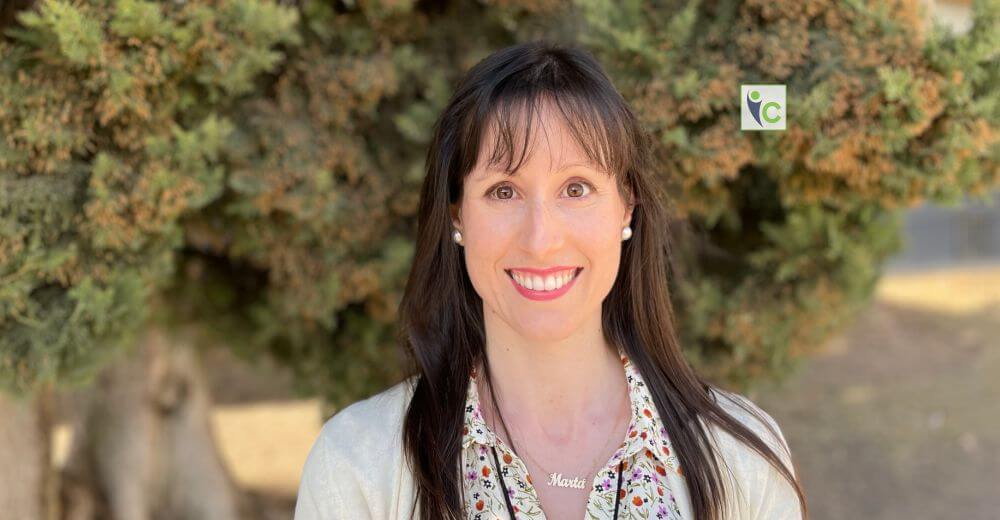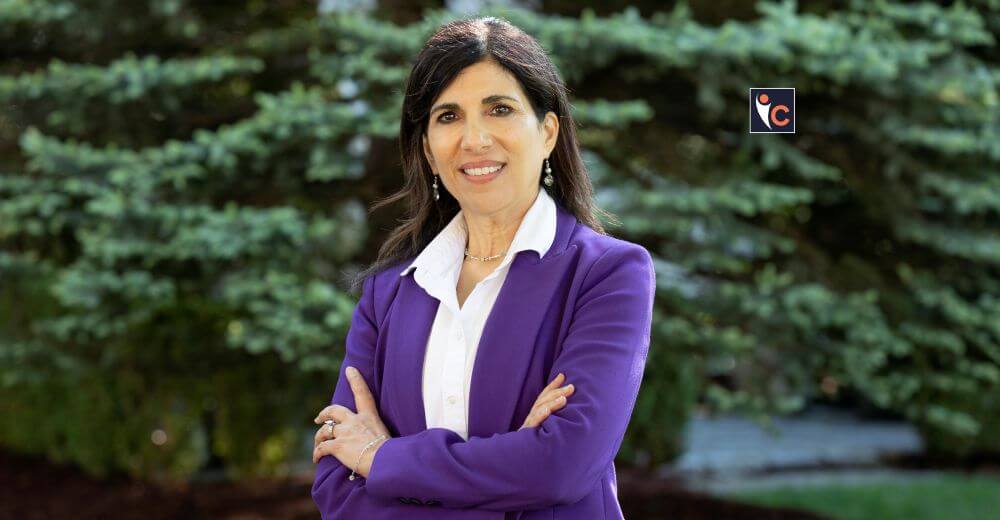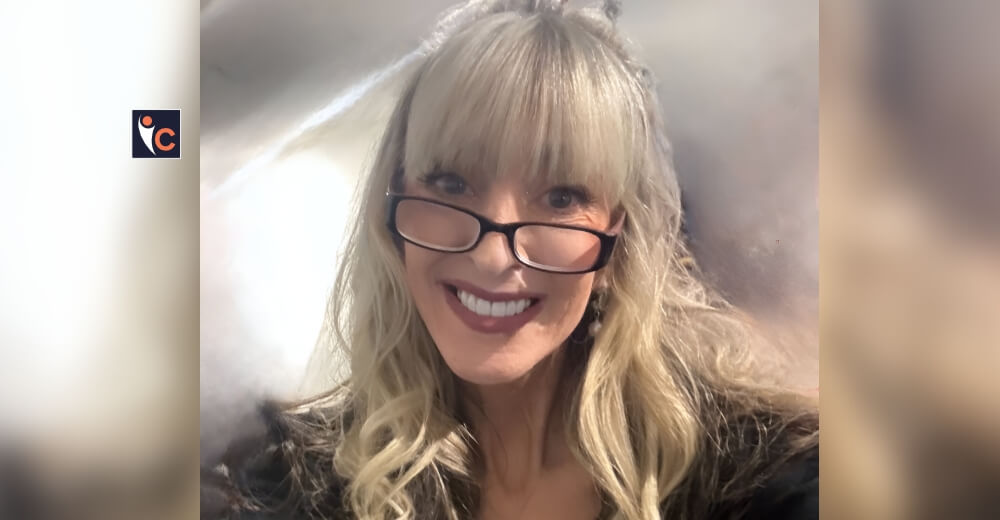In the current times, early detection of visual problems in infants, children below the age of three, and patients with neurocognitive disorder remain a significant challenge. The standard visual tests are majorly designed for adult patients with normal cognitive development. It is hardly possible to use the same tests in younger children or patients with developmental issues.
For this reason, the DIVE Medical Device has been developed to enable precise and objective exploration of the visual functions not only in children but in all non-collaborative patients.
With a mission to provide universal, affordable, and effective means to prevent vision impairment, DIVE Medical’s Chief Technology Officer and Co-founder, Marta Ortin, believes in the vision of ensuring early vision diagnosis and treatment.
In an interview with Insights Care, Marta talks about DIVE and how the device is helping doctors in the early diagnosis and treatment of visual problems in small children and babies.
Below are the excerpts from the interview:
Please tell us about DIVE Medical in detail.
DIVE began as a collaborative research project between ophthalmologists and opticians from the Aragon Health Research Institute and engineers from the University of Zaragoza (Spain). When we presented our results at congresses, professionals in the field expressed a lot of interest in our project.
They often told us that they would like to be able to use our device in their practice and that they thought it was something useful that could benefit many people.
Encouraged by the good reception, we started this entrepreneurial adventure and found the company DIVE Medical in early 2020.
From then on, several of the people who had worked in the research of the device within the institutions joined the company, in which we are already seven employees.
Please give us a brief overview of your journey in the healthcare niche, highlighting the USPs of DIVE Medical.
DIVE is a device that allows us to explore the visual function of any patient, even those with whom doctors cannot communicate (infants, young children, or people with neurocognitive problems) and who are more difficult to examine (such as patients with low vision).
It is a great challenge for professionals to explore these patients, and the results they can obtain are often subjective and inaccurate.
DIVE is able to perform a complete visual examination of these patients and provide objective and accurate measures of their visual function. In this way, we help make an earlier and more reliable diagnosis and facilitate the follow-up of pathologies and visual therapies.
What are the core values upon which DIVE Medical is built? What is its vision and mission?
Our vision is to grow DIVE to become the national and international standard for exploring the visual function in all patients and become a reference in visual test development. Our mission is to universalize eye care by offering new technologies that allow the early detection, diagnosis, and follow-up of visual pathologies in all types of patients. Our values are integrity, effectiveness, accountability, collective talent, and the pursuit of excellence.
What is your opinion on the necessity for the healthcare industry to leverage the emerging trends of technology concerning fulfilling your client’s requirements in the healthcare industry?
The introduction of technology in the healthcare industry brings tremendous potential applications. In particular, in the ophthalmology field in which we work, without using technology, it is very challenging to explore certain patients (including babies, patients with neurocognitive disorders, or the elderly population), with results being very subjective and non-repeatable, and with some visual functions being impossible to measure.
By introducing technology, these challenges can be overcome. In particular, DIVE has a screen on which we display stimuli designed to evaluate different aspects of the visual function. In addition, we incorporate eye-tracking technology, which allows us to know the point on the screen where the patient is looking at any given moment, and deep learning for an automatized analysis of the outcomes.
What was your inspiration and commitment behind developing innovative healthcare products to improve people’s lives?
We started working on this project to solve the need the ophthalmologists of our research team had every day during their clinical practice. As soon as we started working on the development of DIVE, we were able to see the impact of our work in a very close and immediate way. Our biggest motivation is DIVE’s tangible beneficial impact on many patients; this is the most gratifying thing for us.
As an established industry leader, what would be your advice to the budding entrepreneurs and enthusiasts aspiring to venture into the healthcare industry?
I would tell them to have a clear objective and high motivation. This is a complex sector that constitutes many paperwork requirements and a prolonged entry process. In turn, it is very rewarding to see how something you have worked on for years helps improve the lives of people.
What are your future goals, and how do you envision further strengthening the stronghold of DIVE Medical in the healthcare sector?
We are currently focusing on applying our technology for visual exploration, but it has already opened up a lot of exciting opportunities. Besides incorporating new tests into our existing DIVE device, we are also planning on developing visual therapy exercises and systems for the automatic early detection of neurological pathologies that affect vision, such as Parkinson’s, Alzheimer’s, or autism.
Please give us a few testimonials of your clients/customers and a list of awards/recognitions that accurately highlight DIVE Medical’s position as a booming company in the healthcare sector.
Testimonials from ophthalmologists with whom we ran a research project:
“DIVE is a tool that puts technology at the service of clinical needs. It provides the ophthalmologist with very valuable information because it is capable of analyzing and quantifying visual functions as it had never been achieved before. It is especially useful for pediatric ophthalmology, where explorations can be difficult. DIVE captures children’s attention from the beginning, and their collaboration is much better.”
- Teresa Pérez Roche. Pediatric Ophthalmologist. Hospital Universitario Miguel Servet, Zaragoza (Spain).
“It is a very useful device for decision making. Experience and the subjective impression of the specialist are often needed to make a diagnosis. DIVE facilitates decision-making since it provides objective and quantitative data. It is also useful for patient follow-up, allowing to see their evolution and transmit the results. DIVE makes the office visits easier.”
- Sandra de Fernando. Ophthalmologist. Hospital Universitario Cruces, Bilbao (Spain).
“Interesting device for a deeper analysis of ocular and saccadic movements. In children with neurological problems, it is [traditionally] more complicated to evaluate this function. Exploring contrast sensitivity and color perception is also very interesting for children whose diagnosis is more complex. Traditional tests are more boring, but through games [in DIVE] it is more enjoyable for children. Good experience with children that have syndromes or neurological problems. Useful for young children, with whom doubts arise when making a diagnosis.”
- Marta Galdós. Ophthalmologist. Hospital Universitario Cruces, Bilbao (Spain).















